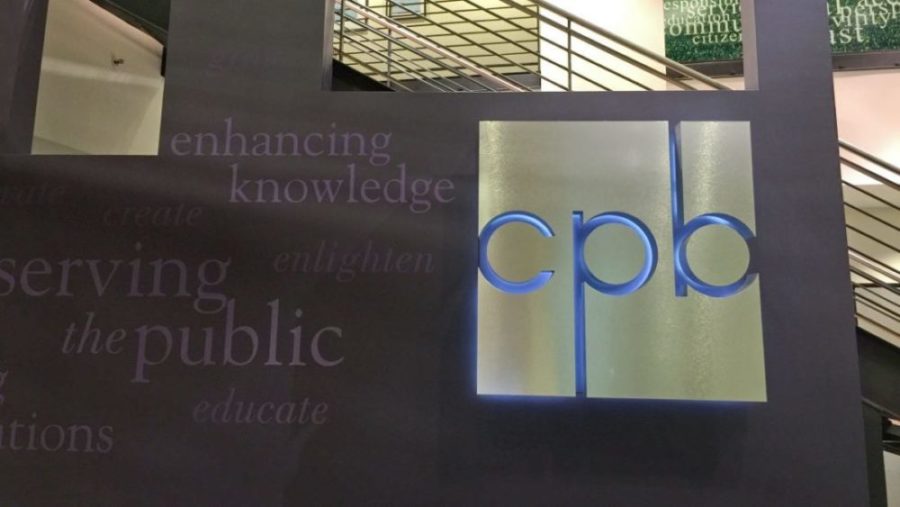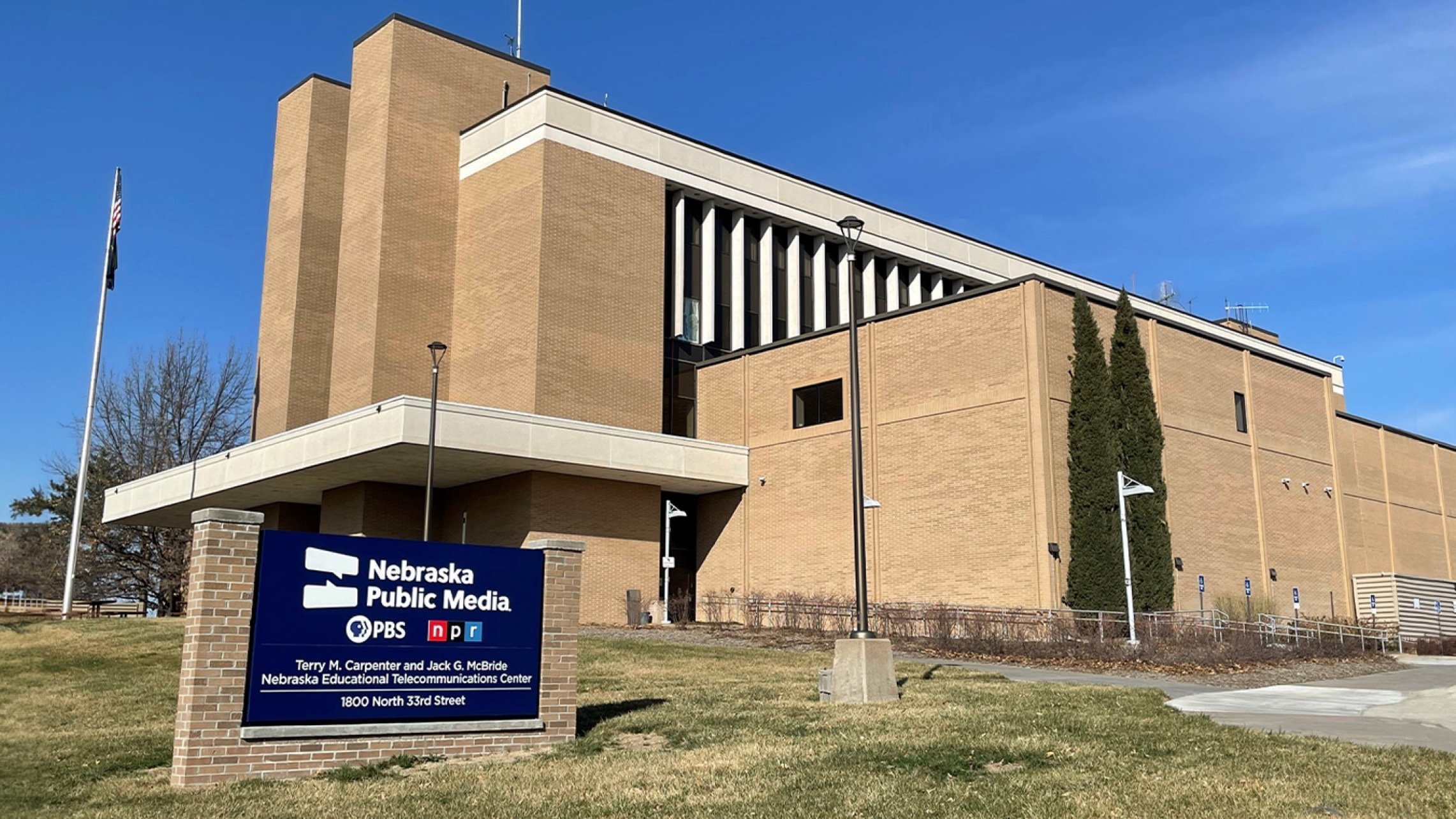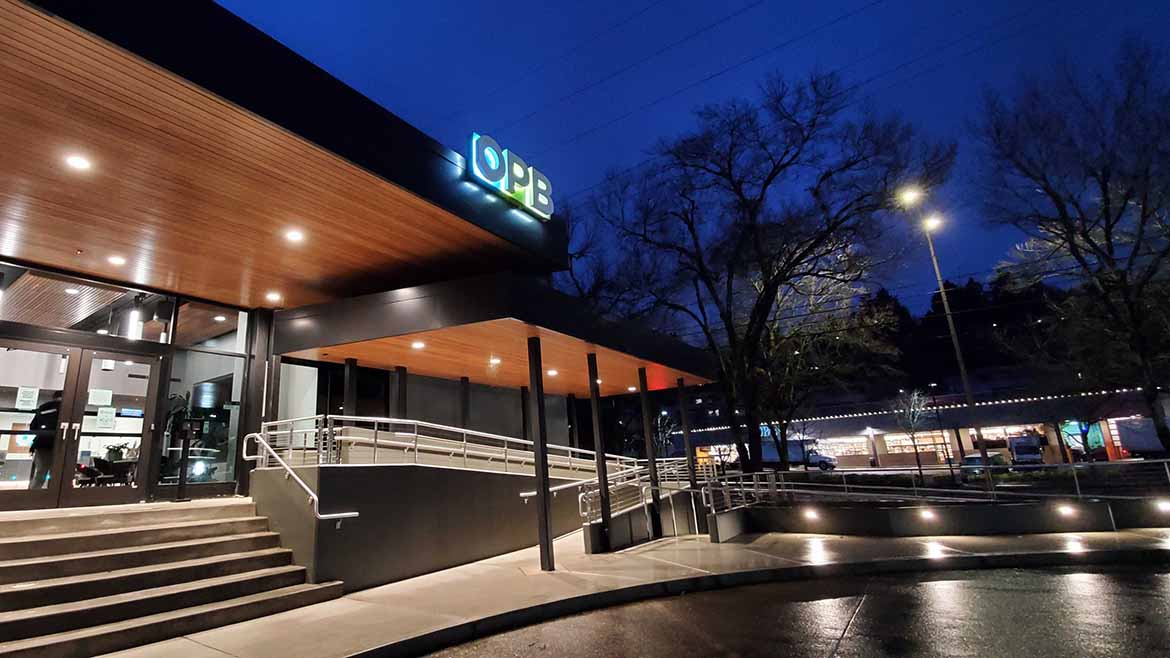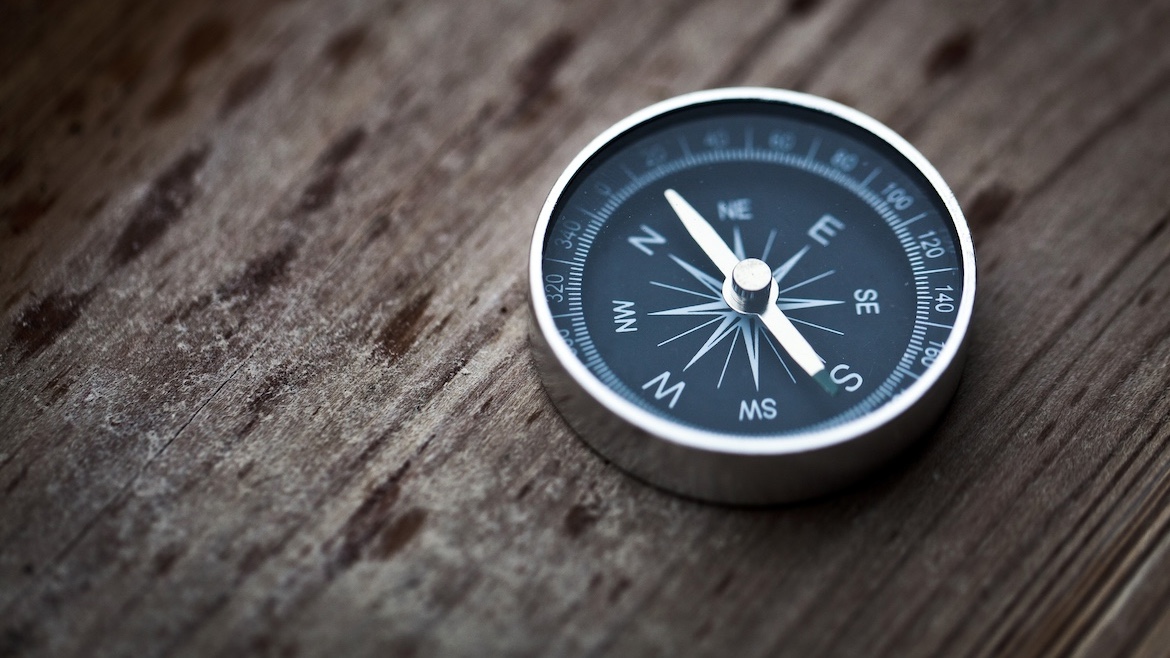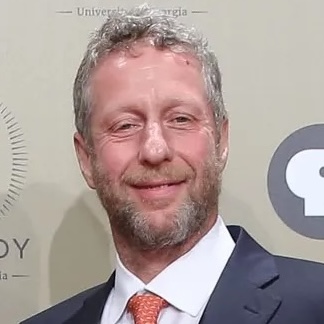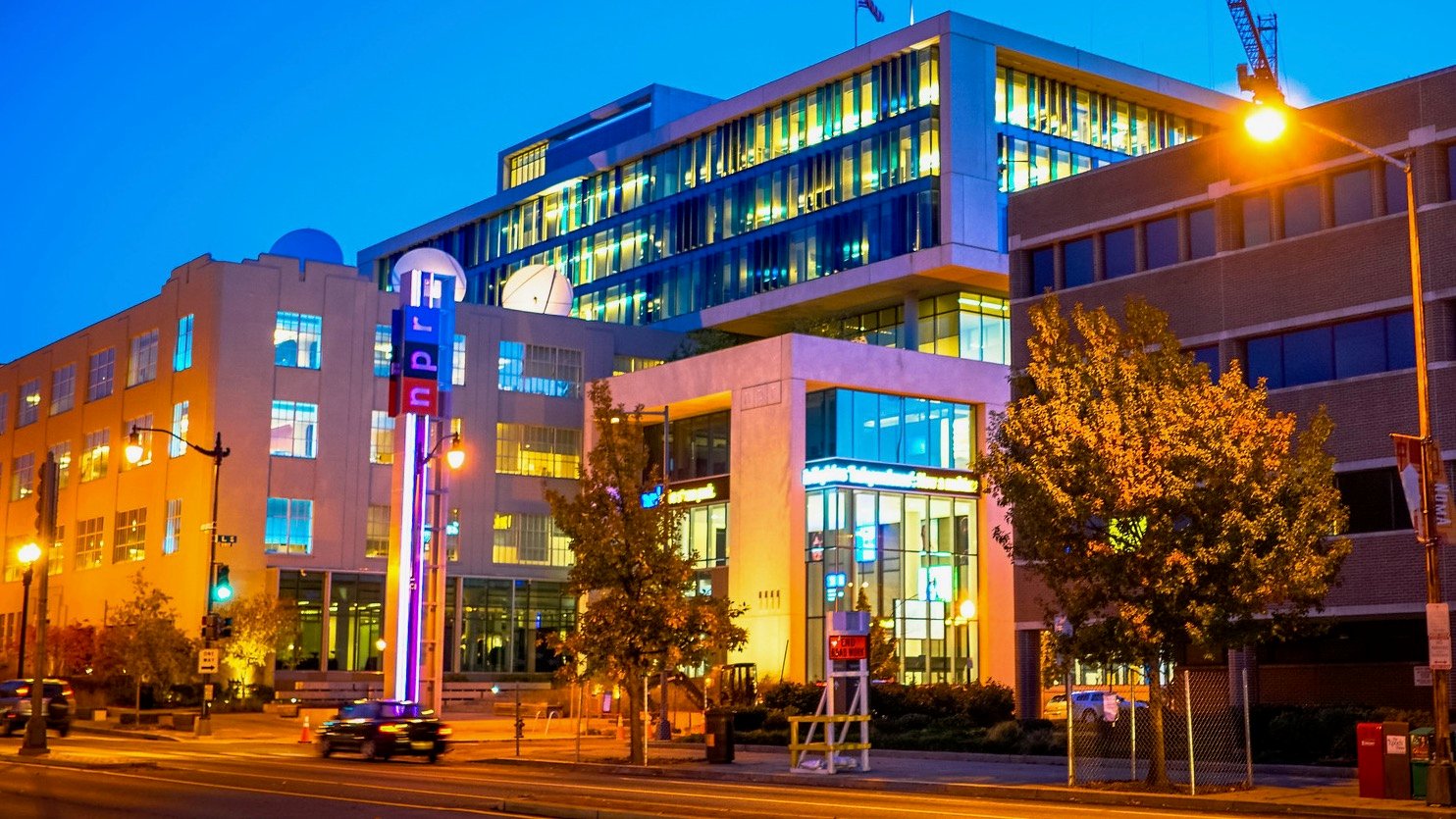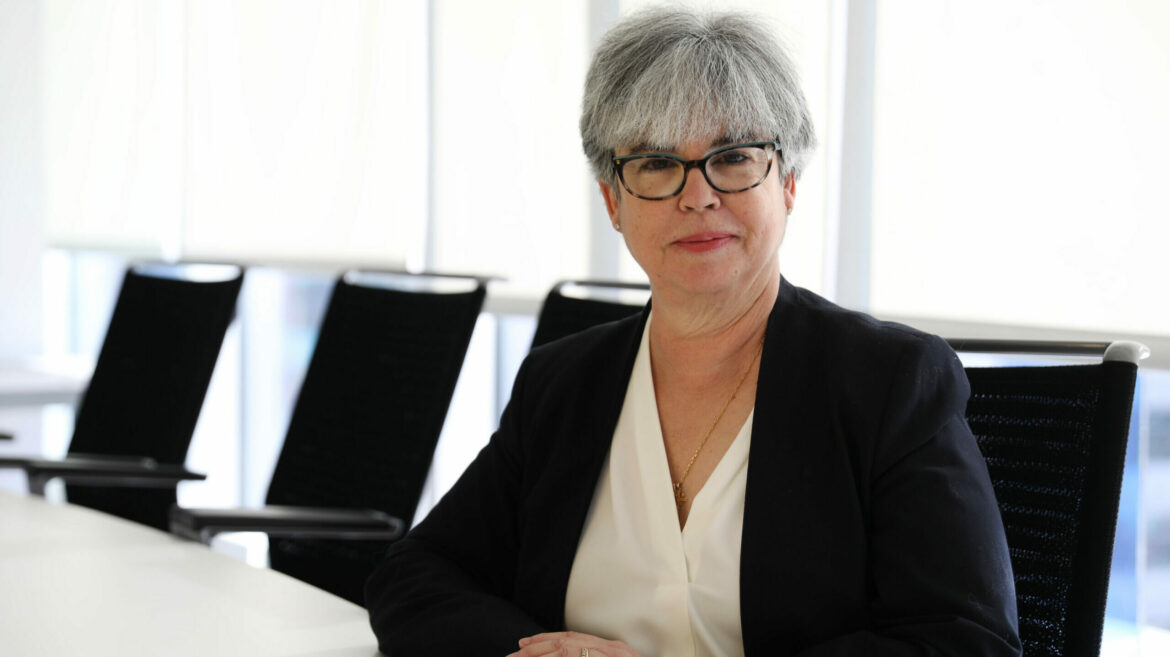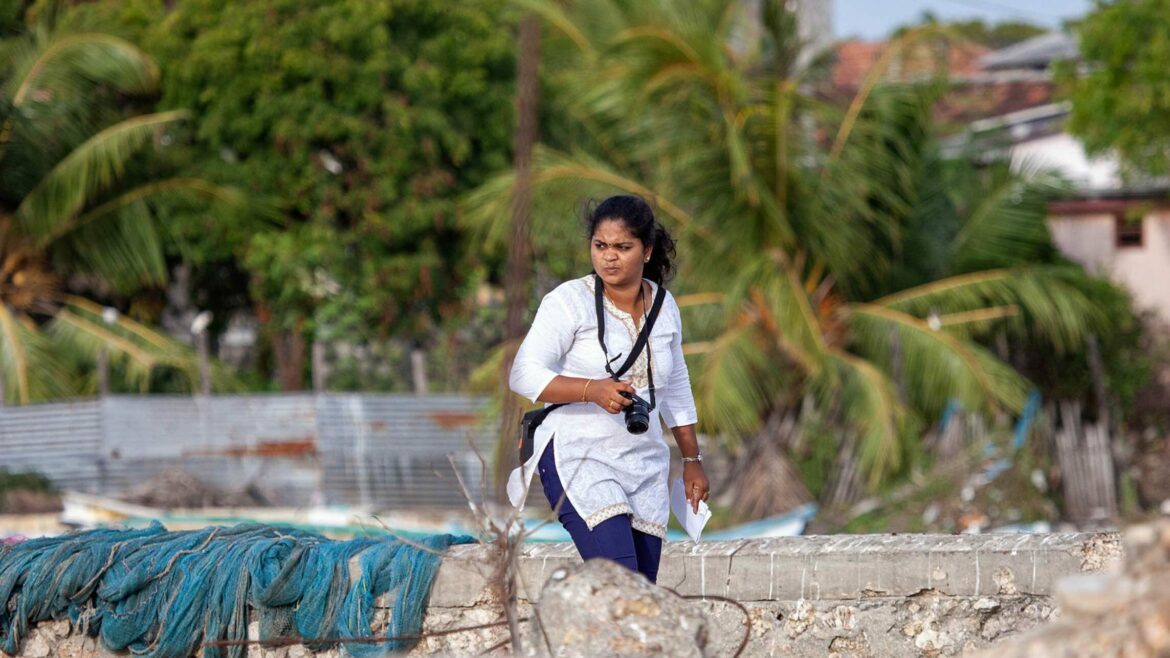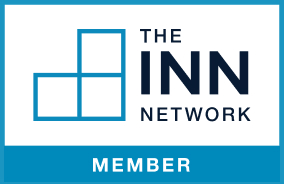Tag: Journalism
Press Forward director advises public media on priorities for funding local news
“We don't have room for any more egos,” said Dale Anglin, inaugural director of the $500 million philanthropic initiative.Report looks at public media’s transformation into ‘frontline’ providers of local news
An analysis by the Wyncote Foundation spotlights what's working for news-driven stations.CPB backs new journalism desk for Alaska’s stations
The two-year grant funds four new reporter positions and three shared editors.How journalists can shape society through ethical storytelling
Minal Bopaiah of Brevity & Wit discusses an inclusive and prosocial framework for redefining race and equity coverage.Nebraska Public Media receives donation of online news sites
NPM is engaging with freelance writers who have covered arts and culture in the Omaha area to resume publishing online content later ...Oregon Public Broadcasting partners with Lookout Local to bring more news to Eugene
Lookout CEO Ken Doctor describes Lookout Eugene-Springfield as a “community newspaper that happens to be digital.”How newsroom leaders can learn to navigate challenges inherent to their jobs
A Poynter/CPB fellowship program is helping reset expectations of what it takes to manage a newsroom.Uri Berliner resigns from NPR
In a resignation letter shared in part on X, Berliner criticized NPR CEO Katherine Maher for “divisive views” that confirmed his critique ...Five dos and don’ts for responding to accusations of bias
If you work in public media, you’re going to hear complaints about political bias in news coverage. Station leaders share tips for ...NPR suspends Uri Berliner for five days
The senior editor violated NPR protocols for publishing work with other news organizations.More than ever, we need to rethink our election coverage
"Surely, we are capable of changing when the stakes are so high and the consequences of failure so dire. And make no ...NPR urges FCC to improve incentives for public stations to invest in local journalism
The commission's proposal to boost localism in broadcasting won't make a significant difference to public radio, according to comments filed by NPR.To build a case for public media’s local journalism, start with a new metaphor
Maps of news deserts don’t tell our story well. Here’s how to create two charts that will.NPR’s new executive editor scouts paths for audience growth
“We need to be connecting with different communities, folks with different perspectives in the country and in the world,” says NPR's Eva ...Fixing the news isn’t an intractable problem
Journalists, newsroom leaders and audiences have roles in building a healthy, trustworthy and respected global news industry.




